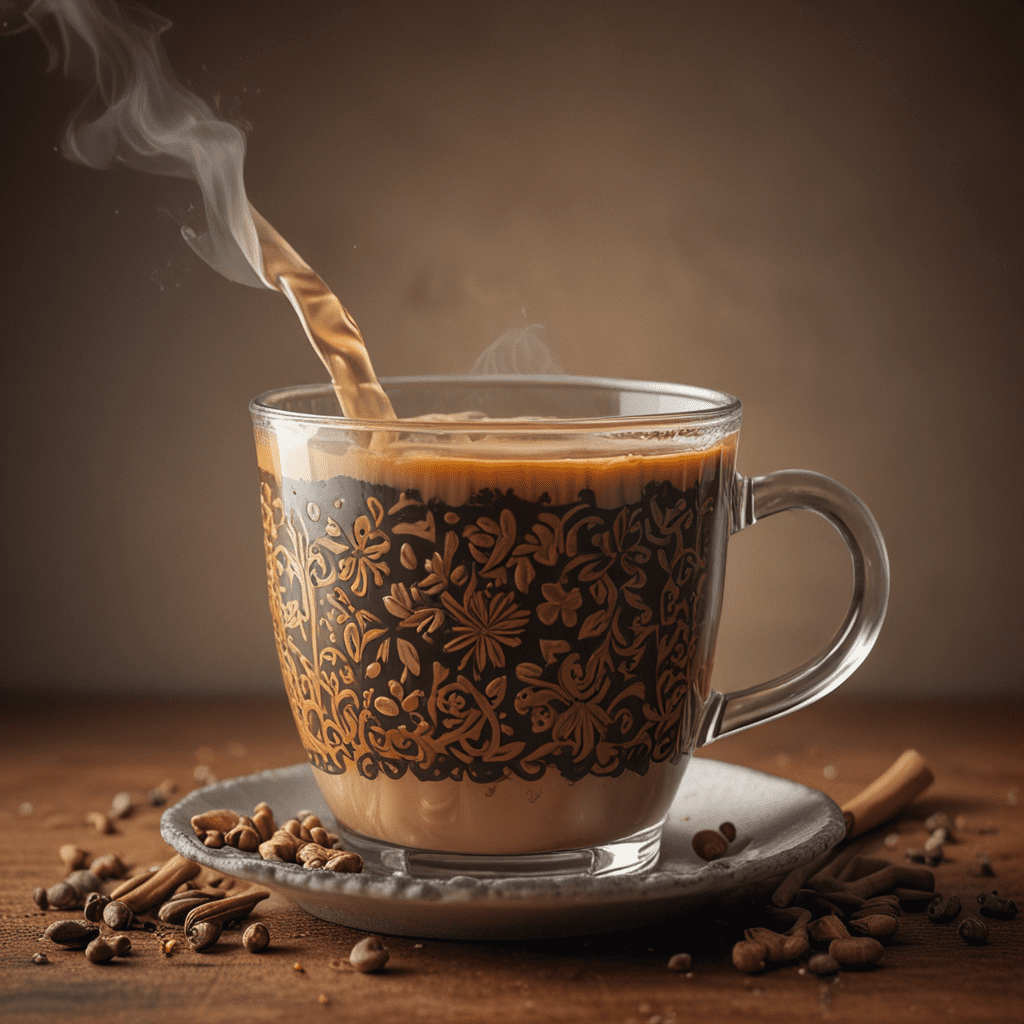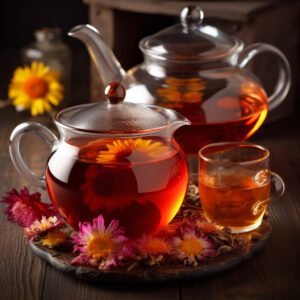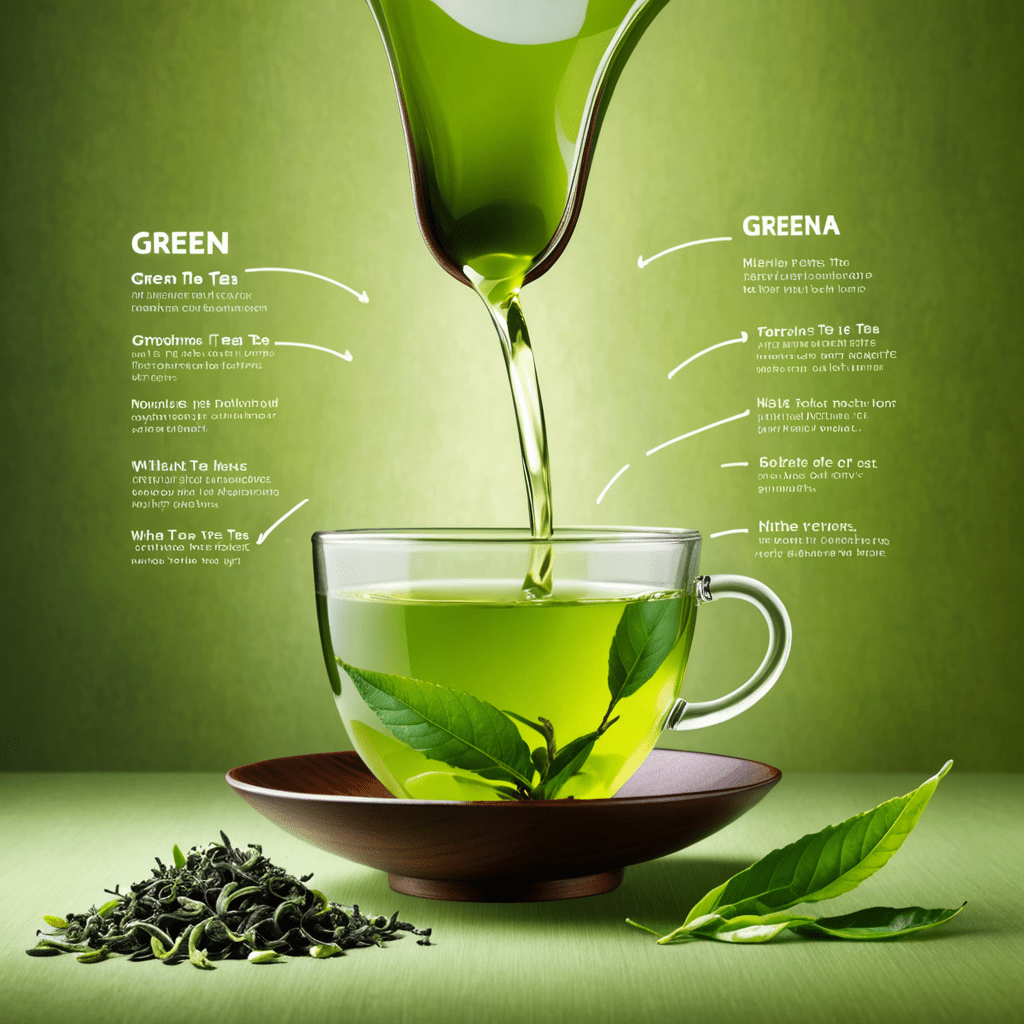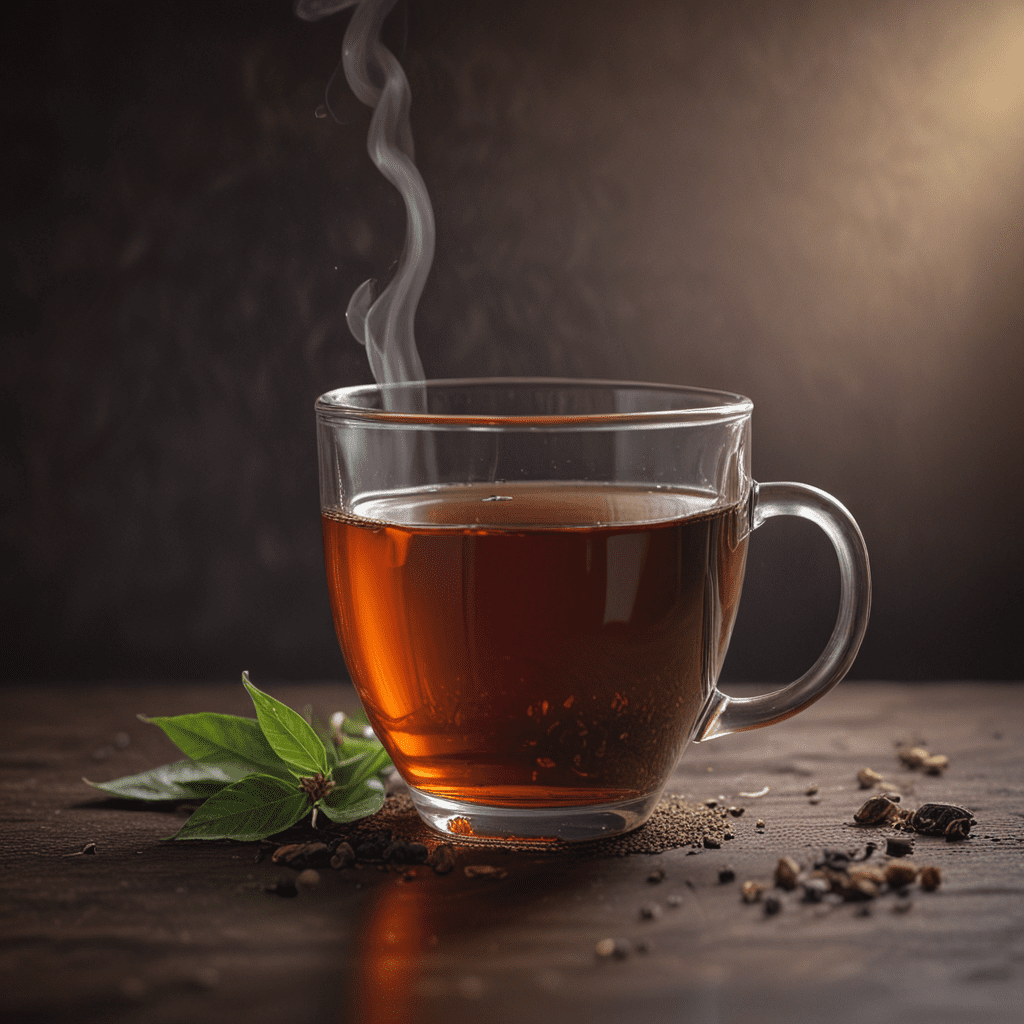Origins and History: Unveiling the Ancient Roots of Chai
Chai tea, a captivating beverage steeped in centuries of Indian tradition, traces its origins to the ancient Ayurvedic system of medicine. Its earliest incarnations were known as "kadha," a concoction of herbs and spices brewed for medicinal purposes. As trade routes expanded, tea leaves from China found their way into India, blending with local spices to create the aromatic beverage we know today. Chai gained widespread popularity in the 19th century, when British colonists introduced it to their homeland, where it quickly became a beloved morning staple.
The Art of Blending Spices: A Symphony of Flavors
The essence of chai tea lies in its harmonious blend of spices. Each ingredient contributes a unique flavor profile, creating a complex symphony on the palate. Black tea forms the base, providing a robust foundation for the aromatic spices. Ginger, with its zesty warmth, ignites the senses. Cardamom, with its sweet and slightly minty notes, adds a touch of elegance. Cinnamon, boasting a warm and spicy aroma, brings a cozy depth to the blend. Black pepper, a touch of fire, adds a subtle kick, while cloves, with their rich and aromatic essence, provide a lingering warmth. Together, these spices weave an enchanting tapestry of flavors, tantalizing the taste buds with every sip.
Traditional Chai Recipe and Variations: A Journey of Culinary Exploration
The traditional recipe for chai tea is a testament to its simplicity and versatility. Black tea, water, milk, and sugar form the basic ingredients, while the spice blend can be customized to suit individual preferences. The tea leaves are steeped in hot water, releasing their rich flavors. Milk, a key ingredient in the traditional Indian preparation, adds a creamy texture and mellows the spice intensity. Sugar or honey provides sweetness, balancing the bold flavors of the spices. Variations on this classic recipe abound, with some incorporating additional spices like nutmeg or fennel, while others use different types of tea, such as green tea or herbal infusions, to create a unique twist on this beloved beverage.
Health Benefits of Chai: A Elixir of Well-being
Beyond its captivating taste, chai tea is also celebrated for its purported health benefits. The spices used in chai, particularly ginger, cardamom, and cloves, are packed with antioxidants, compounds that combat free radical damage and may reduce the risk of chronic diseases. Ginger, known for its anti-inflammatory properties, is believed to aid digestion and alleviate nausea. Cardamom, with its diuretic effects, may help flush out toxins and support kidney health. Cloves, rich in antioxidants, are thought to have antibacterial and antiviral properties. While scientific evidence supporting these claims is still emerging, many believe that chai tea contributes to overall well-being and can provide a soothing and comforting experience.
Chai Culture and Rituals: A Social and Spiritual Practice
Chai tea holds a deep cultural significance in India, transcending its role as a mere beverage. It is an integral part of daily life, a symbol of hospitality, and a thread that weaves communities together. In many households, chai is prepared fresh several times a day, with the distinct aroma permeating through homes, inviting neighbors and friends to gather. Chai stalls are ubiquitous in towns and cities, serving as vibrant social hubs where people connect, share stories, and savor the flavors of this beloved tea. Chai is also an important part of religious ceremonies and festivals, where it is offered as a sacred drink to honor deities and seek blessings. Its versatility extends to culinary uses, with chai being incorporated into desserts, baked goods, and even savory dishes, showcasing its deep-rooted presence in Indian culture.
6. Modern Interpretations of Chai: A Culinary Revolution
In recent years, chai tea has stepped beyond its traditional boundaries, inspiring a wave of modern interpretations that showcase the beverage's versatility and global appeal. Chefs and mixologists have experimented with chai spices, incorporating them into innovative culinary creations. Chai-infused desserts, such as chai panna cotta and chai crème brûlée, tantalize taste buds with their unique blend of sweet and spicy flavors. Chai-spiced cocktails, like the Chai Old Fashioned and the Chai Manhattan, offer a sophisticated twist on classic libations. From chai-flavored ice cream to artisanal chocolates infused with chai spices, the modern interpretations of chai continue to push the boundaries of flavor exploration.
7. Chai Tea as a Global Beverage: Embracing Diversity
Chai tea has transcended its Indian origins, becoming a global beverage embraced by cultures worldwide. From bustling tea shops in London to cozy cafes in Paris, chai tea has found a home in diverse corners of the world. In North America, chai lattes have become a popular menu item in coffee shops, introducing the flavors of chai to a new generation of tea enthusiasts. Chai tea is also gaining popularity in countries like Japan, where its unique blend of spices aligns with the Japanese appreciation for umami flavors. The global appeal of chai tea is a testament to its ability to adapt to different cultures and palates, while retaining its essence as a beloved beverage.
8. Chai Tea in India and Beyond: A Reflection of National Identity
Chai tea is deeply intertwined with Indian culture, serving as a symbol of national identity. It is a ubiquitous presence in homes, workplaces, and public spaces, uniting people from all walks of life. The widespread availability of chai tea in India reflects its accessibility and affordability, making it a beverage enjoyed by people from all socioeconomic backgrounds. Chai tea has also become a cultural ambassador for India, representing the country's rich culinary heritage on the global stage. Its presence in international tea shops and cafes serves as a testament to the global recognition and appreciation of this beloved Indian beverage.
9. The Economic Impact of Chai: A Catalyst for Growth
The chai tea industry has a significant economic impact, particularly in India. The cultivation of tea leaves, the production of spices, and the preparation and sale of chai tea provide livelihoods for millions of people. Chai stalls are a common sight in Indian cities and towns, employing countless individuals and contributing to the local economy. The global popularity of chai tea has also created export opportunities for Indian tea producers and spice merchants, further boosting the economic impact of this beloved beverage. Chai tea is not just a drink; it is an integral part of the Indian economy, supporting livelihoods and contributing to the country's overall prosperity.
10. Chai Tea: A Timeless Heritage that Endures
Chai tea has stood the test of time, evolving from its ancient medicinal roots to become a global beverage cherished for its taste, health benefits, and cultural significance. It is a testament to the enduring power of culinary traditions, capable of transcending generations and cultures. Chai tea represents the harmonious fusion of flavors, the warmth of human connection, and the timeless heritage of India. As the world continues to embrace the flavors of chai tea, its legacy will undoubtedly endure, promising to tantalize taste buds and warm hearts for generations to come.
FAQ (Frequently Asked Questions)
What is the difference between chai tea and regular tea?
Chai tea is a blend of black tea with various spices, typically including ginger, cardamom, cinnamon, black pepper, and cloves. Regular tea, on the other hand, refers to unblended black, green, or herbal teas.
How is chai tea traditionally prepared?
Traditional chai tea is prepared by boiling black tea leaves with water, milk, and sugar. The spices are added during the boiling process, allowing their flavors to infuse into the tea.
What are the health benefits of chai tea?
Chai tea is believed to have several health benefits, including antioxidant properties, anti-inflammatory effects, and digestive support. However, scientific evidence supporting these claims is still emerging.
How can I incorporate chai tea into my diet?
Chai tea can be enjoyed as a hot beverage or used as an ingredient in various culinary creations. It can be added to desserts, baked goods, and even savory dishes to enhance their flavor profile.
Where can I find chai tea?
Chai tea is widely available in grocery stores, tea shops, and cafes. It can also be purchased online from various retailers.



